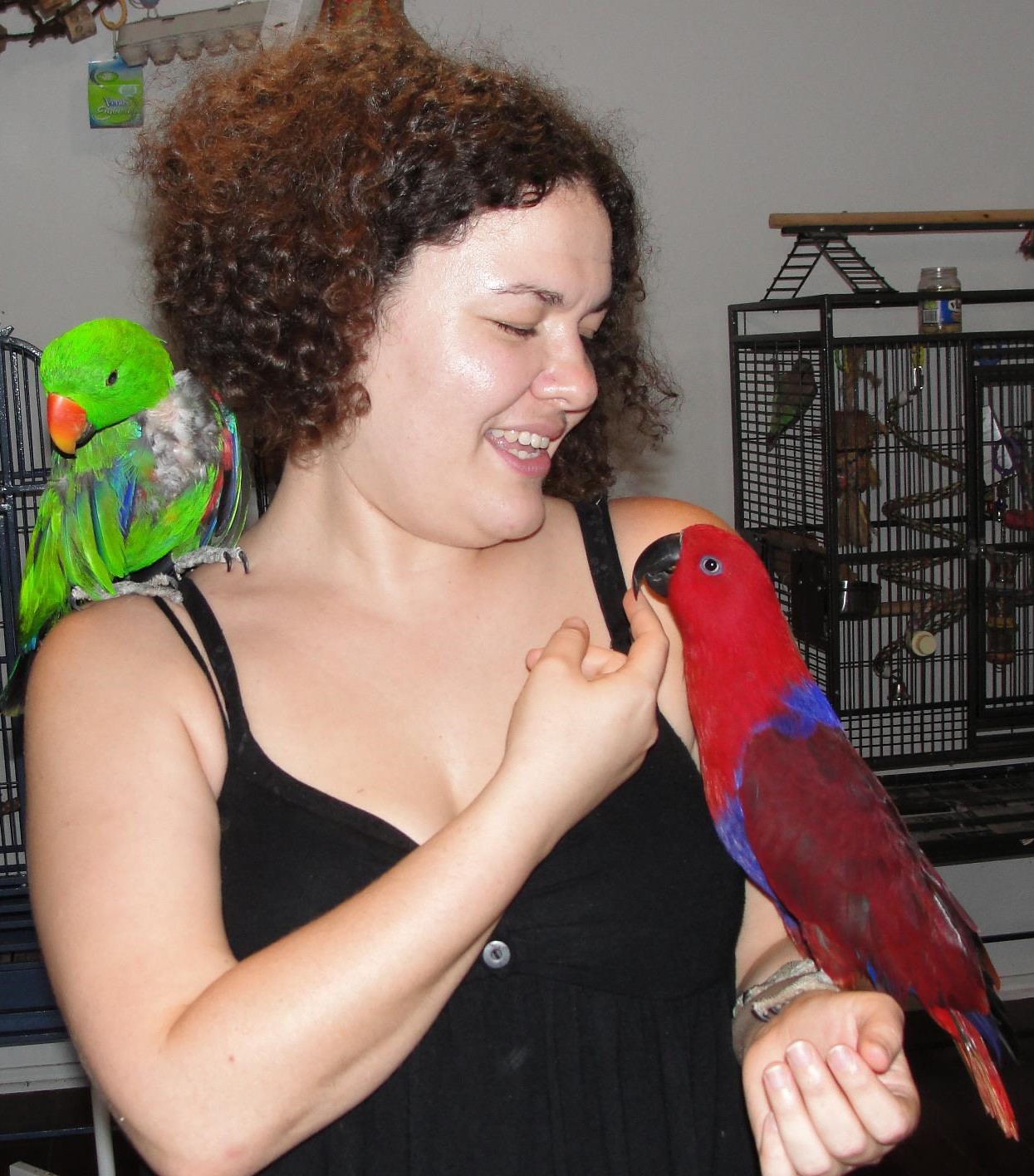
Kyle Hetzel
Kyle Hetzel is the Assistant Curator of the Children’s Zoo at an AZA accredited zoo on the west coast. He has been an animal trainer for 12 years, working with a wide range of species from birds of prey to walrus, giraffe, goats and everything in between. Throughout his career, one of his passions has been finding ways to uniquely connect guests with the animals in his care. It is his belief that the animals under his care serve as ambassadors for their wild counter parts. Kyle loves to highlight the intelligence and personalities of those ambassadors all in hopes of inspiring the public to want to care more. He has utilized the Constructional Approach training animals for the past 9 years, specializing in assent with disabled animals. At his current facility, he leads training teams that are designing training programs with assent focused behaviors. Being a part of training teams where various backgrounds come together to help grow and learn is one of the parts of the job that brings him the most joy.



